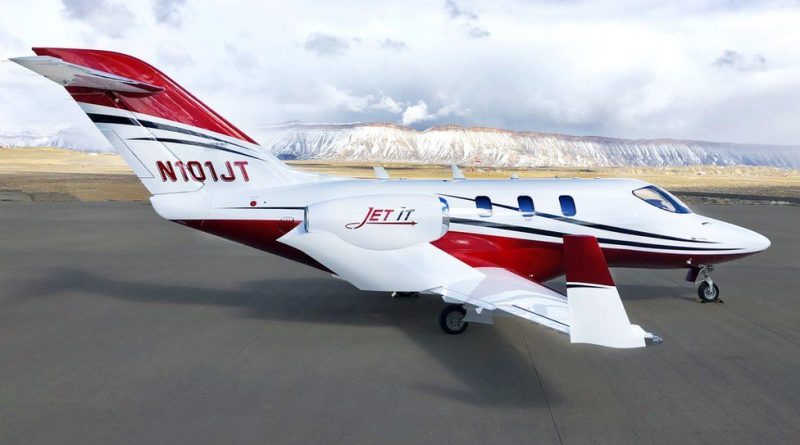The new jet set – why private plane usage has soared
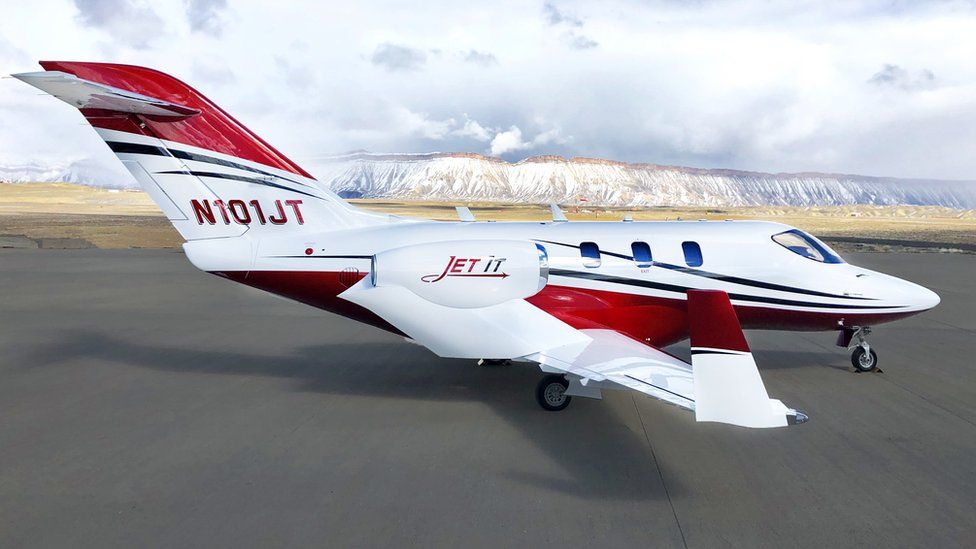
Entrepreneur Rick Schirmer says that he and his family “feel safer” travelling by private plane.
“Flying private means our family is able to avoid the airport security experience, airport crowds, flight rage, and being surrounded by people who often won’t mask properly,” says the Los Angeles-based marketing boss.
While the vast majority of us have never been on a private plane, it is easy to understand the appeal.
It is a luxurious and exclusive world where you can avoid large airports and other passengers. And there is no rush to meet your check-in time – as the sleek jet takes off when you are ready, and not the other way round.
Plus, in many cases, you don’t even have to go into a terminal building. Instead the limousine drives out onto the tarmac, right up to the aircraft. Where a smiling member of cabin crew hands you a glass of champagne as you relax into a soft leather armchair.
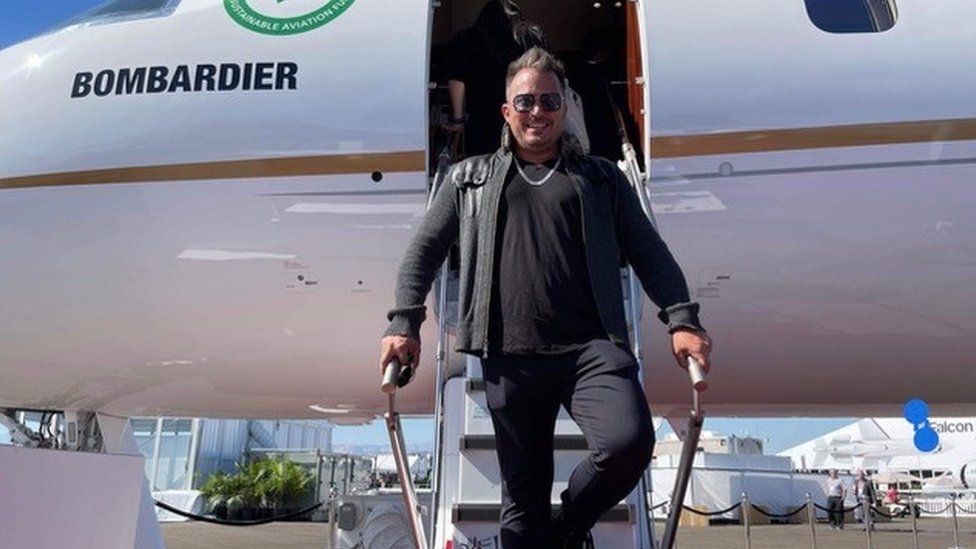
The other recent advantage to private planes – which you typically hire like a very expensive flying taxi, rather than buying your own – was that they continued flying during the pandemic.
So, while airlines grounded services over the past two years, the super rich and business leaders were still able to travel, safe in the knowledge that they were sticking to their own Covid-19 bubble.
As a result, private plane usage has soared, especially in 2021. Last year there were 3.3 million such flights around the world, the most on record, according to aviation data research firm Wingx.
This figure was 7% higher than the previous high seen in 2019, with the US and Europe leading the growth.
But with the world continuing to hopefully put the pandemic behind us, will the use of private planes now decline? And should their use be justified given their significant environmental impact?
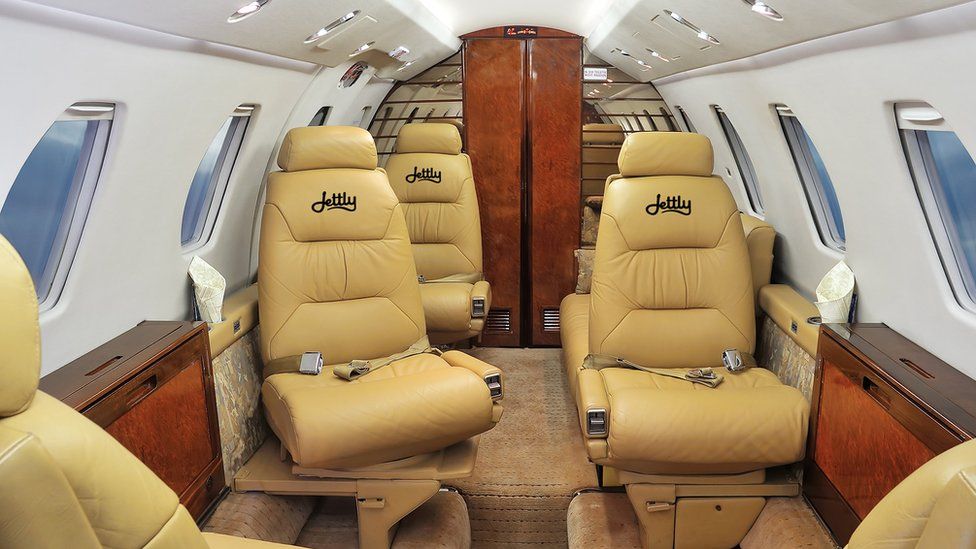
“More people are seeking out travel solutions that offer a controlled, flexible experience, which can’t be provided by a commercial flight,” says Ian Moore, chief commercial officer of private plane business, VistaJet.
The Malta headquartered global firm has 73 aircraft, and Mr Moore says that demand from customers increased by 26% last year in Europe, and by 21% for the rest of the world.
He adds that 71% of the firm’s incoming requests are from passengers who were not previously regular users of private aviation. “And we expect the increased number of first-time private flyers to keep growing in 2022 and beyond.”
It is a similar picture at Jettly, a new online booking platform for private planes, which is receiving 15,000 requests from around the world.
Meanwhile, sister firms Jet It and JetClub, say they are struggling to get enough new aircraft to keep up with demand. “We need more airplanes, but our OEM [original equipment manufacturer] partners are not able to produce enough,” says co-founder of the two brands, and chief executive of JetClub, Vishal Hiremath.
One issue that may start to dampen demand for private planes are rising fuel prices – the passing on to passengers of the big rise in the cost of aviation fuel as a result of the continuing conflict in Ukraine. Jet fuel is currently more than twice the price it was this year last year.
“Unfortunately, we don’t yet know how high [prices] they will go, but we believe it will be quite impactful on the market,” says Justin Crabbe, chief executive of Jettly.
Yet, at the same time, private jets have never been cheap. And more often users can put them on their company expenses rather than pay out of their own pocket.
Exactly how much they currently cost to hire is a bit like asking ‘how long is a piece of a string?’. Yet to give you one example, if you wanted a private jet to fly six people from London to Ibiza and back at the end of this month, it would set you back about $28,000 (£23,000).
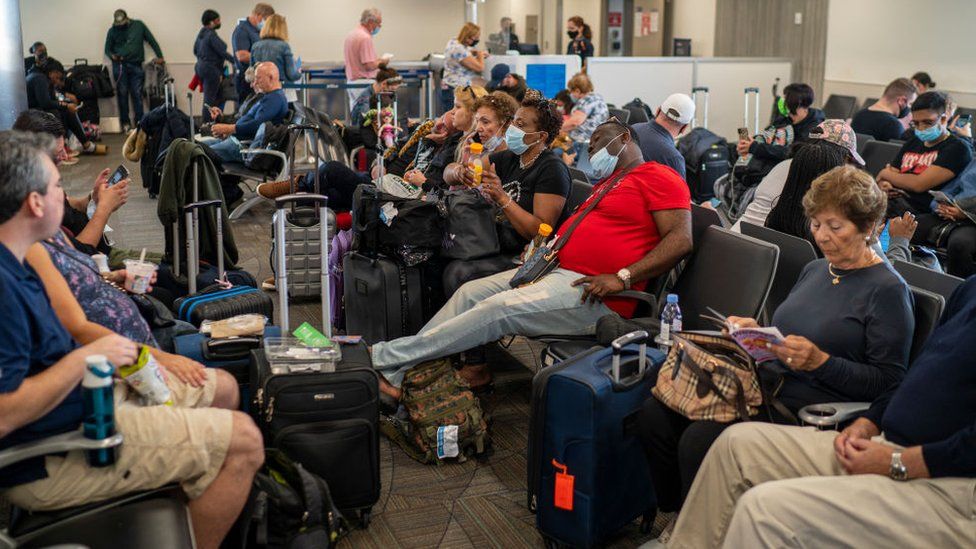
Aviation sector analyst, John Grant of Midas Aviation, expects that some people who started using private planes over the past two years will continue to do so.
“The increasing range of scheduled flights and the ultra-competitive fares on offer with many airlines will ultimately lead to travellers reluctantly accepting a scheduled service, for a cheaper price with less flexibility,” he says.
“However, a small proportion of those using private jets in the last two years for the first time will view the benefits as of sufficient value and continue to use such operators where practical.”
To make the world of private planes more affordable to us mere mortals, a number of providers now offer a halfway house known as “semi private planes”.
These use the larger size of private planes (private jets typically seat between six and 20 people), but you have to share them with fellow passengers that you don’t know. And only a limited number of destinations are offered.
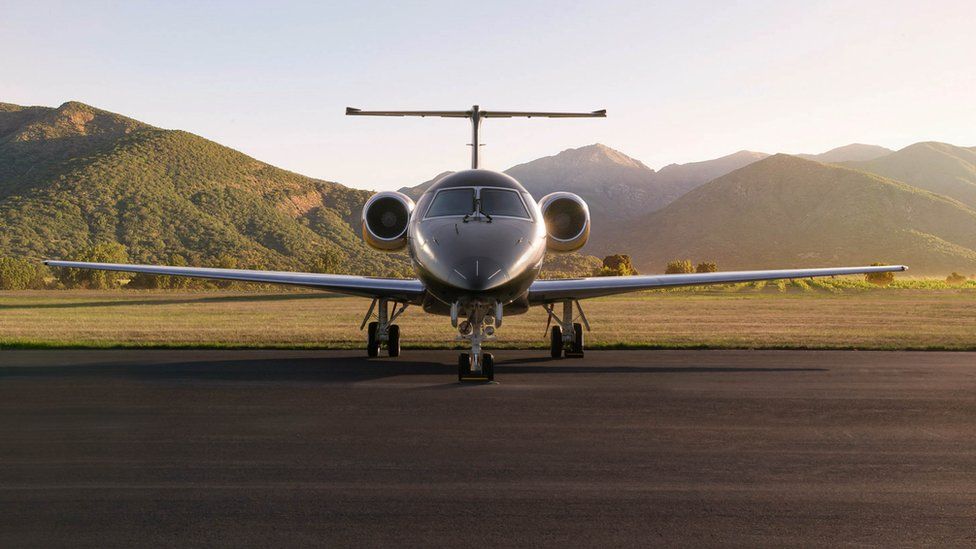
One such provider is US firm JSX. Spokesperson, Benjamin Kaufman, says the firm “saw a gap in the airline market”, and claims that fares start from as little as $125 (£102), each way.
He adds that the company “gives travellers may of the perks of flying private, at a significant saving”.
However, what about the environmental impact of private planes? They are five to 14 times more polluting than commercial airlines on a per passenger basis, according to cleaner transport campaign group Transport & Environment.
The private plane industry counters that it encourages passengers to carbon offset, and some firms are also switching to the use of biofuels, and exploring electric, hydrogen and hybrid powered aircraft.
Mr Moore from VistaJet says his company is committed to achieving carbon neutrality by 2025. “And today, since we launched our sustainability initiative, we’ve had over 85% of members offset CO2 emissions relative to their flights’ fuel consumption.”


New Tech Economy is a series exploring how technological innovation is set to shape the new emerging economic landscape.

However, Anna Hughes, director of Flight Free UK, is not convinced. Her organisation encourages people to pledge not to use air travel for a whole year.
At a time when we need to be doing everything we can to reduce emissions, we have to question whether private jets are an appropriate form of transport,” she says.
“No offsetting scheme can make up for the huge emissions of taking a private flight. Trees take a long time to grow, but flight emissions are immediate. The most reliable way to reduce emissions from flights remains the simplest one – fly less.
“Being able to fly in a private jet is a huge privilege, and as humanity faces up to the climate crisis we should be using our privilege not to harm others.”
Additional reporting by New Tech Economy editor Will Smale.

